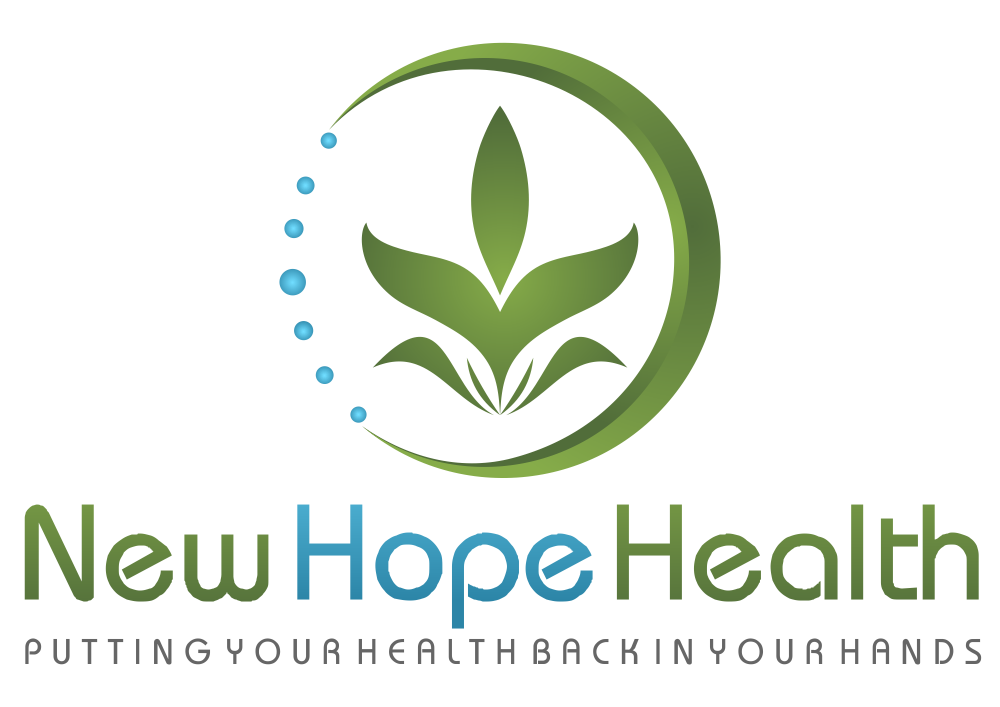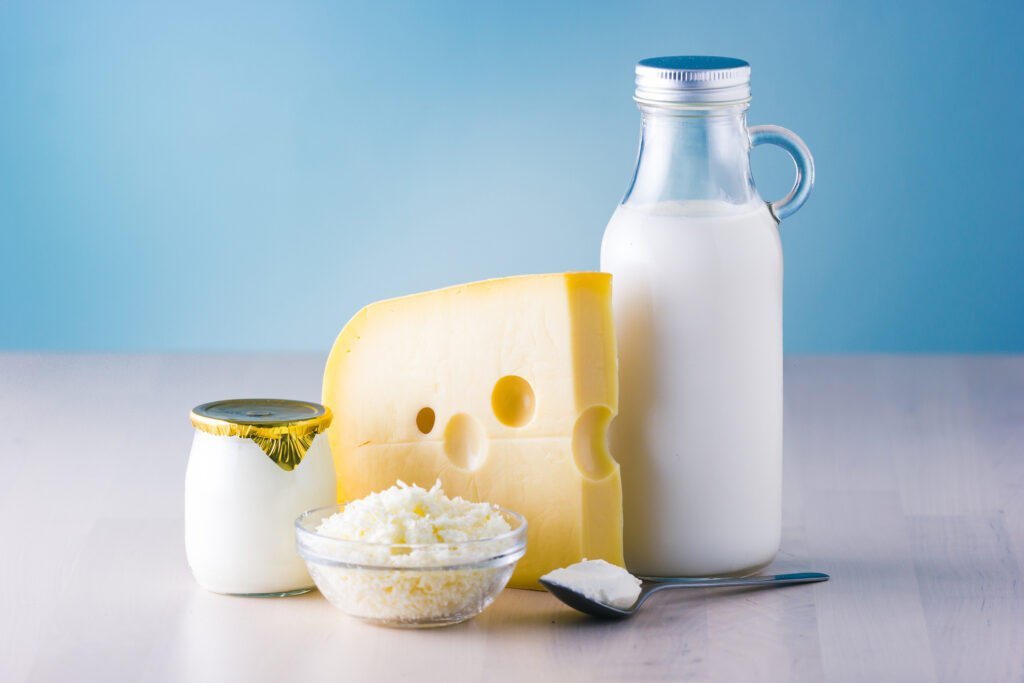
There is much controversy around if dairy is considered healthy or not. Research has been done but there are still questions even within the “dairy category”.
Are we referring to raw milk or pasteurized?
Low-fat yogurt versus ice cream?
Organic/hormone-free versus conventional?
Aged cheese or Velveeta?
All of these factors will yield different outcomes. For the sake of this post, I’m referring to dairy in general, but it’s worth noting that all of these factors do make a difference.
Let’s talk about what the research actually says!
A few reasons to avoid dairy:
- Dairy of any fat content is commonly associated with acne.1
- Sustainability: Much less energy is used to get the same amount of protein from soy or corn than dairy.2 Using animal products uses countless resources when compared to plant foods.
- Dairy is a common allergen, especially in children.3 Although not a problem for some, it is worth checking on if you are having health challenges and consuming dairy. This doesn’t have to include scary episodes of not being able to breathe… There can be subtle signs such as acne, digestive challenges, headaches, increased mucous, sinus issues and more.
- Conventional dairy products almost always contain (synthetic) hormones4 and antibiotics5 which can cause many issue in terms of hormone balance and antibiotic resistance.
- Milk-based anemia6 (especially common in young children): When excessive amounts of milk are consumed, the calcium can displace iron and cause symptoms of iron deficiency (low oxygen, fatigue, poor healing, etc.).
- Do any other mammals consume the milk or secretions of other animals? NO!
Reasons that are commonly given to consume dairy:
- Calcium and vitamin D.7 Although certainly not the only sources, dairy is the most common way to get these nutrients in the US.
- Social ease. Most people eat dairy and enjoy it. That said, avoiding dairy can present some potential social challenges for those having or wanting to avoid it.
In my clinic, I recommend avoiding dairy. There are many bioavailable ways to get calcium and the only reason that dairy is even associated with vitamin D is due to fortification. You could potentially use any number of fortified foods (or a good quality supplement) to ensure that D is adequate. Quick case in point: A kale salad or smoothie with 2.75 cups of kale has about the same amount of calcium that 1 cup of 2% milk has,8 it “costs” less than half the calories, and it’s a great source of chlorophyll, fiber and many other phytonutrients.
As far as the social component, being healthy is much sexier and of higher value than convenience and “fitting in.” Seek to spend time with people who support you being the BEST and MOST RADIANT version of yourself.
Don’t be deceived by propaganda and marketing—they are in SALES, not SCIENCE. The evidence with integrity is clear: A whole food plant-based diet continually shines through for optimal health.
Got greens?
Resource list:
- Kucharska A, Szmurło A, Sinska B. Significance of diet in treated and untreated acne vulgaris. Postep Dermatologii i Alergol. 2016. doi:10.5114/ada.2016.59146
- Sabaté J, Soret S. Sustainability of plant-based diets: Back to the future. In: American Journal of Clinical Nutrition. ; 2014. doi:10.3945/ajcn.113.071522
- Flom JD, Sicherer SH. Epidemiology of cow’s milk allergy. Nutrients. 2019. doi:10.3390/nu11051051
- Malekinejad H, Rezabakhsh A. Hormones in dairy foods and their impact on public health- A narrative review article. Iran J Public Health. 2015.
- Sharma C, Rokana N, Chandra M, et al. Antimicrobial resistance: Its surveillance, impact, and alternative management strategies in dairy animals. Front Vet Sci. 2018. doi:10.3389/fvets.2017.00237
- Bondi SA, Lieuw K. Excessive Cow’s Milk Consumption and Iron Deficiency in Toddlers: Two Unusual Presentations and Review. ICAN Infant, Child, Adolesc Nutr. 2009. doi:10.1177/1941406409335481
- Itkonen ST, Erkkola M, Lamberg-Allardt CJE. Vitamin D fortification of fluid milk products and their contribution to vitamin D intake and vitamin D status in observational studies—a review. Nutrients. 2018. doi:10.3390/nu10081054
- Cronometer. https://cronometer.com. Published in 2020. Accessed October 22, 2020.
Nothing said or implied in this post is intended to treat, cure, diagnose or prevent any disease. It does not take the place of a qualified health care practitioner and is intended for educational purposes only.

Dr. LeAnn Fritz, PhD
Dr. LeAnn is a practitioner, coach, speaker, consultant, and the founder of New Hope Health. She is also the author of The Quantum Weight Loss Blueprint, and Get Healthy Now. She is laser-focused on practical, evidence-based practices to empower her clients to get real results that last. She sets the bar when it comes to radiant health that will change every area of your life forevermore.
Recent Posts
Parasites- Living Inside Your Body, Without Paying Rent!
Parasites…I know…the thought of them living inside your body feels like something from a horror
Holistic Detox: A Naturopathic Doctor’s Guide to Cleansing Your Body for Optimal Health
Detox is a powerful way to reset your body and enhance your health. As a
Watermelon Slurpy…Upgraded!
It’s summer and it’s HOT! You’re looking for a refreshing cold drink that will give
Curious about achieving your highest level of health?
Schedule your consultation with Dr. LeAnn today, and get your health back in your hands.


